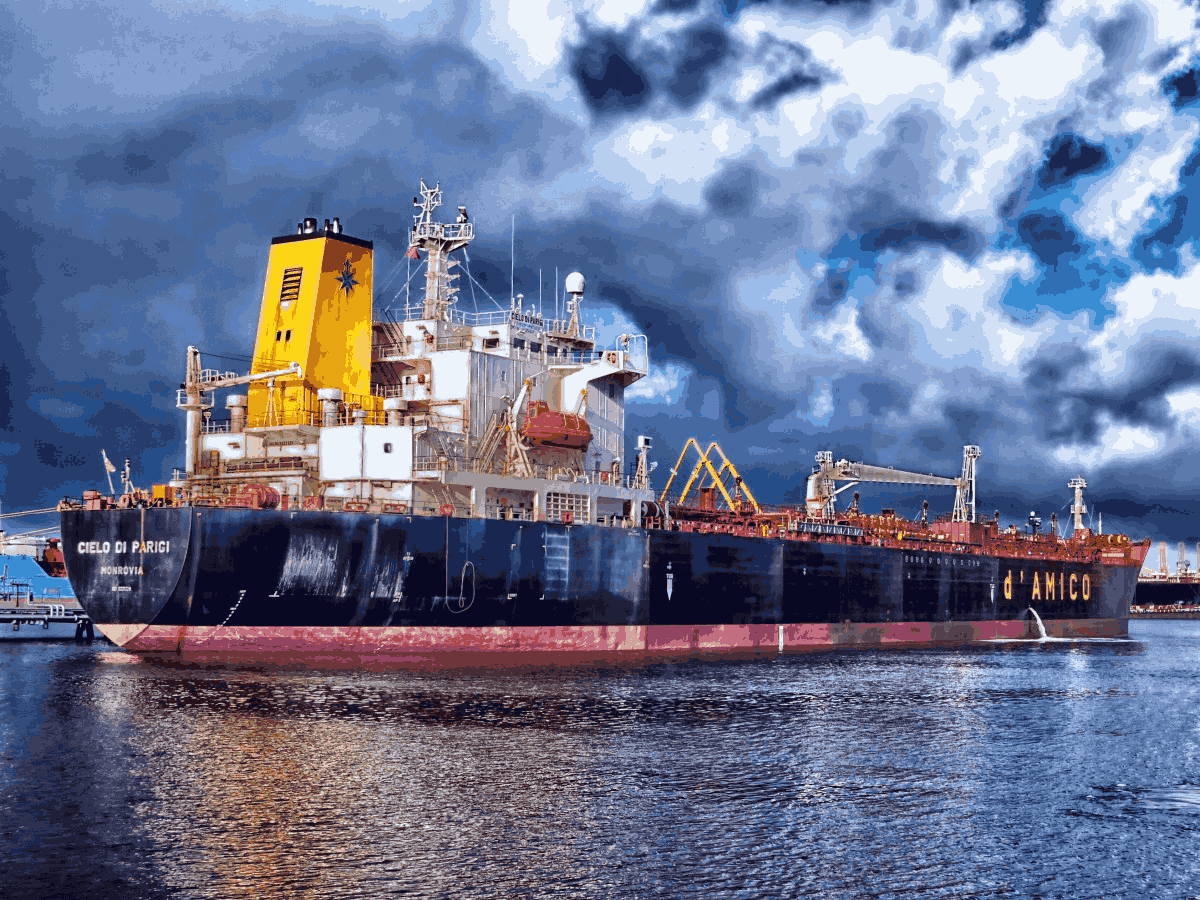Understanding RADAR Shadow Sector vs. Blind Sector for Merchant Mariners
| Aspect | Shadow Sector | Blind Sector |
|---|---|---|
| Definition | Area where the radar beam is partially blocked, causing a reduced or faded radar echo. | Area where the radar beam is completely blocked, resulting in no radar echo at all. |
| Cause | Obstructions like masts, funnels, cranes, or terrain features (e.g., cliffs, mountains). | Poor radar installation, ship design flaws, or large obstacles directly blocking the radar. |
| Effect | Radar detection is weakened in these areas—objects may appear faint or distorted. | Objects in the blind sector are entirely invisible on radar, creating a navigation risk. |
| Impact on Navigation | May cause delayed or incomplete detection of objects. | Can lead to major blind spots, increasing collision risks. |
| Solution | Adjust radar placement, minimize obstructions. | Optimize radar positioning, avoid design flaws. |
Shadow Sector
- Definition: A region where the radar beam is partially blocked or attenuated by an obstruction, leading to a weakened or faded radar echo.
- Causes: Large structures like masts, funnels, cranes, or even terrain features (cliffs, mountains) can obstruct radar waves.
- Effect: Objects in the shadow sector may appear distorted or faint on the radar screen, making detection difficult.
- Solution: Proper radar placement and minimizing obstructions can help reduce shadow sectors.
Blind Sector
- Definition: A region where the radar beam is completely blocked, resulting in no radar echo at all.
- Causes: Poor radar installation, ship design flaws, or large obstacles directly in the radar’s path.
- Effect: Objects in the blind sector are completely invisible to the radar, posing a serious navigational risk.
- Solution: Adjusting radar positioning and ensuring unobstructed signal paths can help eliminate blind sectors.

